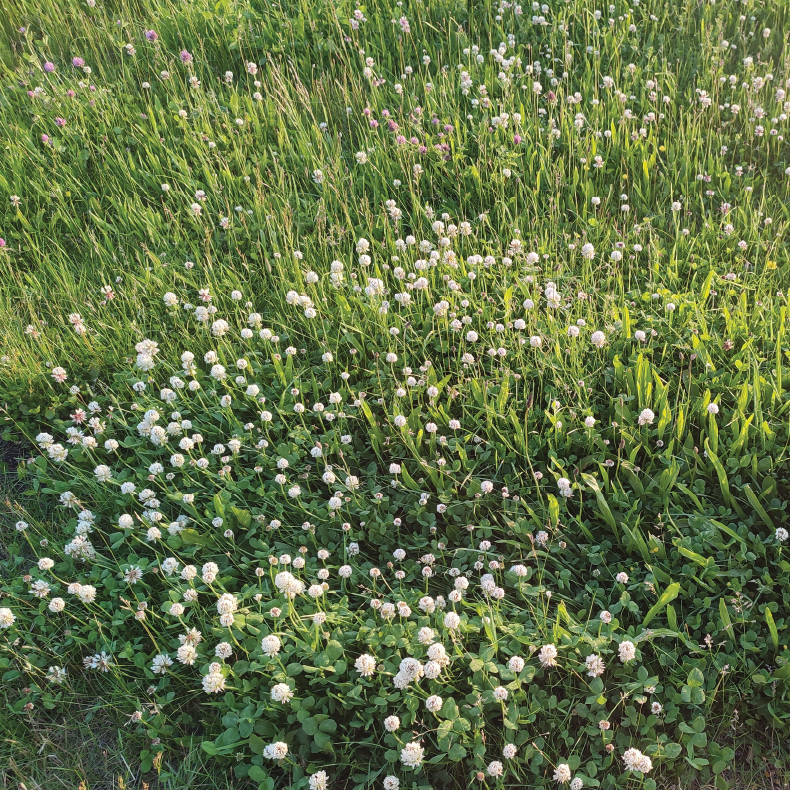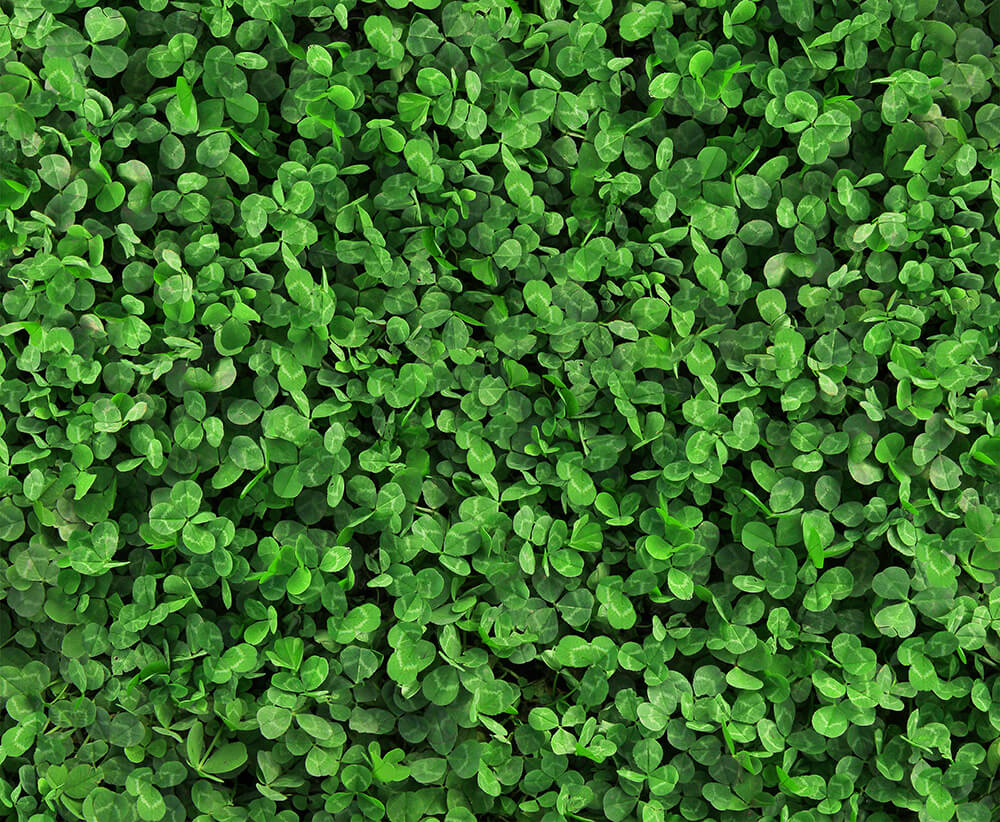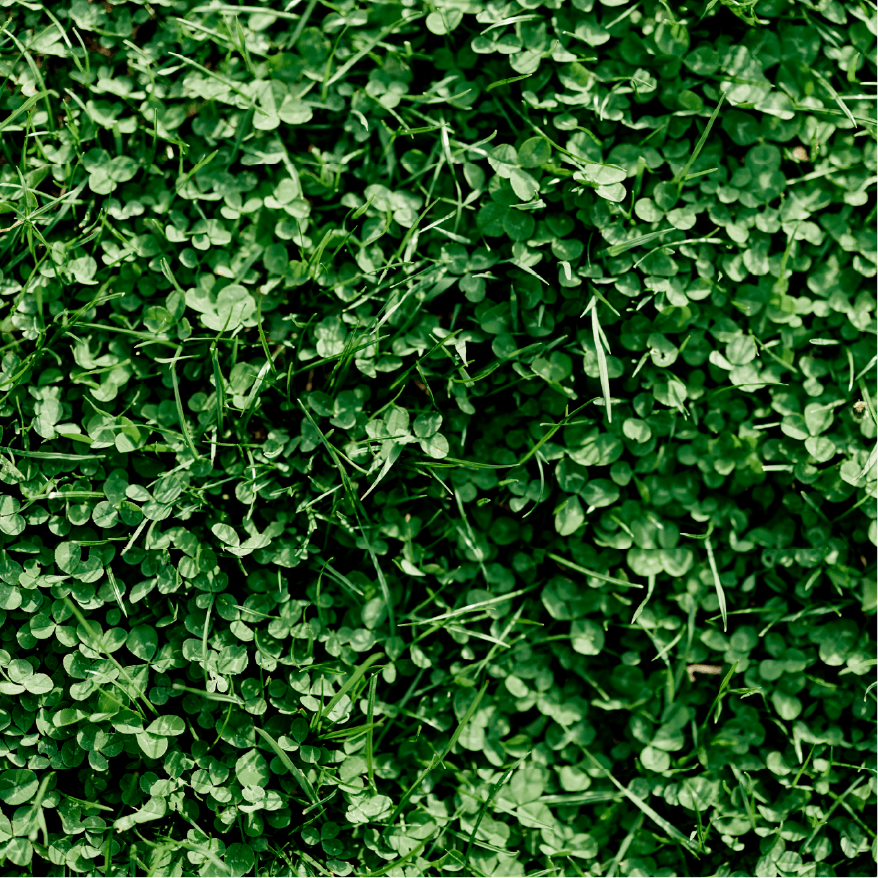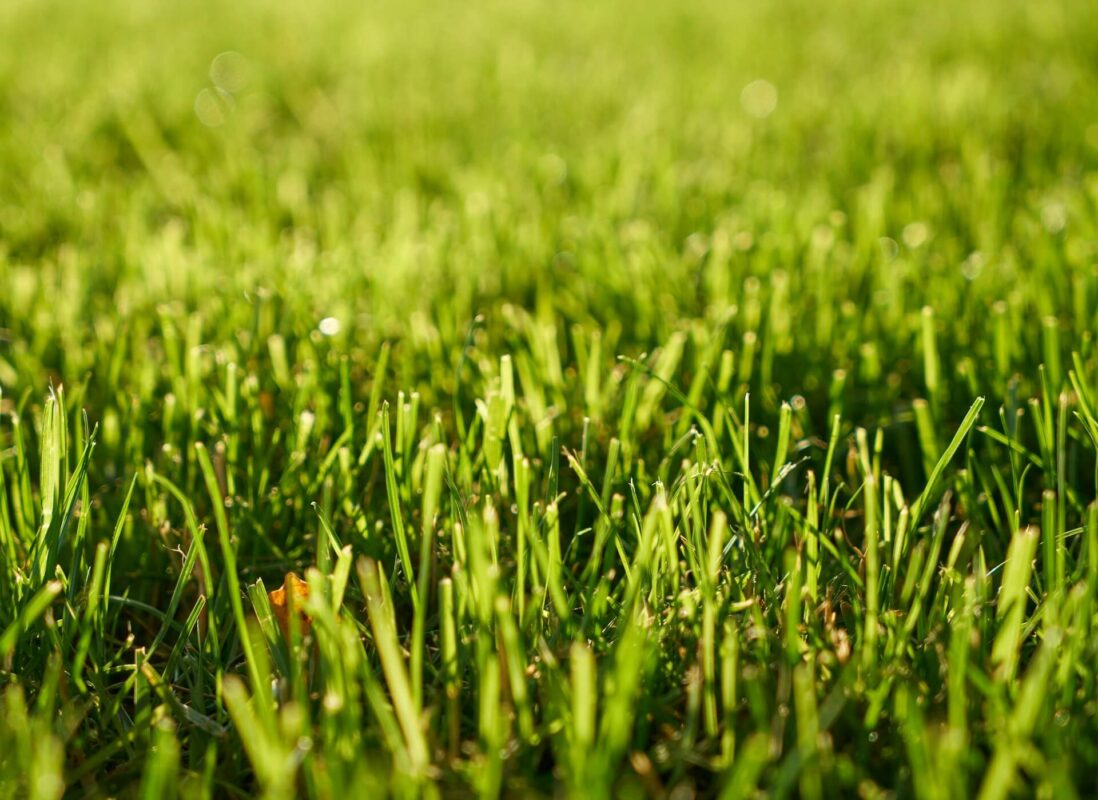Clover Planting Instructions
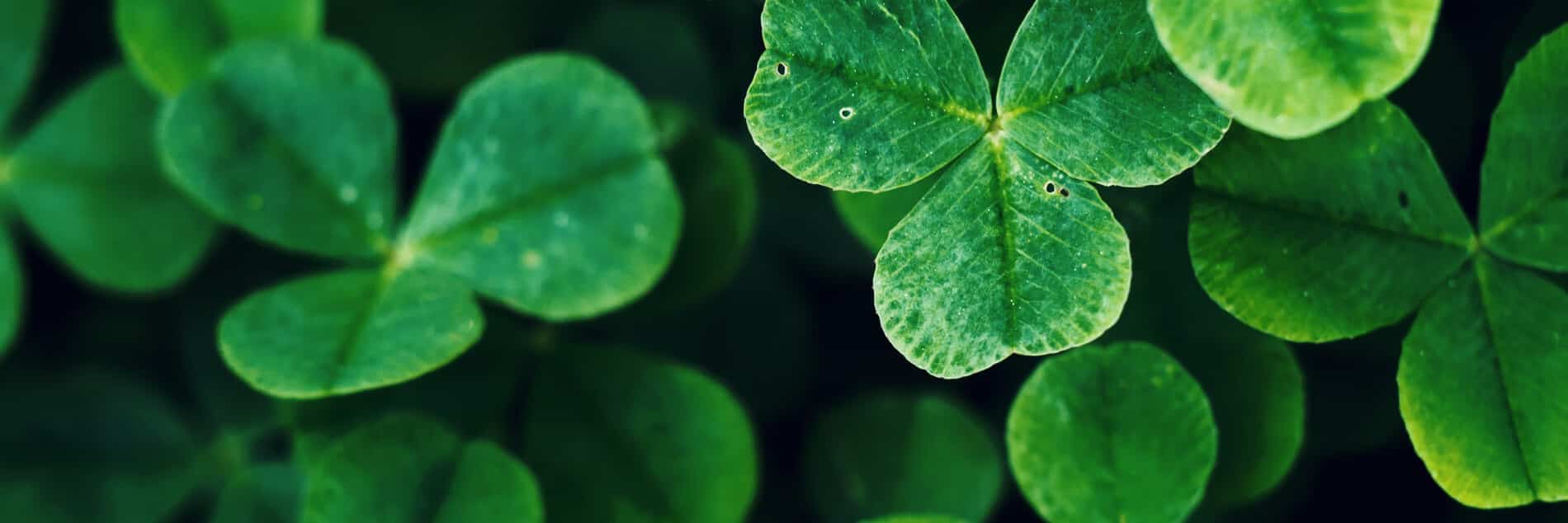
For Overseeding Clover into Existing Lawns:
Clover as Lawn & Pasture — Choose, Plant, Thrive
TL;DR: Quick Overview
To plant clover: choose your type (Microclover for lawns, White Dutch for general use, Ladino for pastures), plant in early spring or fall when soil temps are 50-80°F, use inoculated seed, broadcast at recommended rates, lightly rake to ⅛-¼″ depth, and keep moist until established. Clover fixes nitrogen naturally, stays green during droughts, and requires minimal maintenance.
Clover is the low-maintenance, eco-friendly groundcover that feeds your soil, crowds weeds, and stays green when grass quits. This complete guide covers choosing the right type, planting techniques, and long-term care.
- Clover seed (inoculated preferred)
- Spreader or hand-casting method
- Rake for light soil prep
- Rice hulls/sand (mixing aid)
- Watering system for establishment
Timeline at a Glance
Why Choose Clover?
Clover isn’t just a lawn alternative—it’s a game-changer for sustainable landscaping. Here’s why more homeowners are choosing clover for lawns and pastures.
-
Feeds your soil: Clover fixes nitrogen, reducing (often eliminating) the need for synthetic lawn fertilizer.
-
Drought-tough: Stays green longer into dry spells and shrugs off pet spots better than turfgrass.
-
Weed resistance: Dense growth shades soil and out-competes many weeds.
-
Pollinator-friendly: White blooms support bees; mow before peak bloom if you prefer fewer flowers.
Pasture boost: In mixed grass pastures, clover increases protein and yield while supplying “free” nitrogen. Keep a grass-clover balance to avoid bloat; rotate grazing and don’t turn hungry animals onto pure clover.
Choose Your Clover Type
The right clover type depends on your goals: neat lawn appearance, maximum durability, or high forage yield. Each variety has distinct characteristics.
| Clover | Height & Habit | Flowers | Best For | Highlights |
|---|---|---|---|---|
| Microclover | ~3–6″, tiny leaves, forms a tight, low mat that blends into turf. | Minimal/low profile; fewer blooms (fewer bees on footpaths). | Neat, “lawn-like” look with less mowing; lawn mixes. | Low-growing, blends with grass, needs periodic light overseed; higher seed cost. |
| White Dutch Clover | ~4–8″, spreads by creeping stems; fills in quickly. | Frequent small white blooms; pollinator-friendly. | Pure clover lawns or mixed turf; also general pasture use. | Hardy, drought-tolerant, improves soil; can wander — edge beds if needed. |
| Ladino White Clover | ~10–12″, upright, larger leaves; vigorous spread. | Showy white blooms, meadow vibe. | Pastures, meadows, wildlife plots; too tall for tidy lawns. | High forage yield, soil builder; mow to manage height in lawn-adjacent areas. |
Best Timing & Site Conditions
Timing is crucial for clover success. Plant when conditions favor germination and establishment, avoiding stress periods.
-
When: Early spring or early fall; soil temps ~50–80°F. Avoid peak summer heat unless irrigated.
-
Where: Full sun to part shade; well-drained soil; target pH ~6.0–7.0 (lime if too acidic).
-
Pasture tip: Late-winter frost seeding works great. Graze/mow short before seeding so seed hits soil.
Nutrients that matter: Clover makes its own nitrogen but still needs phosphorus & potassium if your soil test shows they’re low. Use inoculated seed (Rhizobium) or add inoculant for reliable nitrogen-fixing.
Prepare the Area
Proper site preparation ensures even germination and strong establishment. The key is creating good seed-to-soil contact without over-working the area.
For Lawns
- Convert: Remove turf (sod cutter/manual) or kill & rake out. For overseeding, mow to 1–2″ and dethatch so soil shows.
- Surface: Rake to roughen the top 1/4″ so seed can tuck in; smooth lumps, fix low spots.
- Amend: Compost for poor soils; adjust pH; add P/K if soil test calls for it.
For Pastures
- Graze or mow very short before seeding; expose soil in patches (chain harrow/drag).
- Use inoculated seed; ensure pH ≥ 6.0; add P/K if needed.
- No-till preferred; avoid deep tillage (erosion & weed flush).
Seed & Cover the Clover
Even seed distribution and proper depth are critical for uniform germination. Use the criss-cross method for professional results.
Rates (per 1,000 sq ft)
- Pure clover lawn (white dutch): ~0.5 lb
- Overseed into turf: ~0.25 lb
- Microclover in lawn mix: ~1.0 lb
- Pasture add-in: 2–4 lb/acre (white clover) — clover will spread.
Pro tip: Mix seed with 2–3 parts dry sand or rice hulls for even broadcast.
Technique
- Broadcast in two passes: 1/2 north–south, 1/2 east–west (calm day).
- Lightly rake/drag; press seed in (foot traffic or roller). Depth: 1/8–1/4″ max.
- Water gently to settle seed — no puddles/runoff.
Master the Watering Schedule
Consistent moisture is critical for clover germination. Too little and seeds won’t sprout; too much and they’ll rot. Follow this proven approach.
- Days 0–14: Keep surface consistently moist with light, frequent watering; avoid washouts.
- After sprout: Taper frequency, increase depth; aim for deeper soaks 2–3×/week.
- Heat waves: Mist morning/evening to prevent desiccation of tiny seedlings.
Pasture: Time seeding with rain; keep livestock off until clover is several inches tall and well-rooted.
Maintenance: Mowing, Grazing, Feeding
Once established, clover needs minimal care compared to traditional grass. Focus on proper mowing height and avoiding harmful chemicals.
Lawns
- Mow as needed (often every 3–4 weeks). Height ~3″; avoid scalping <2″.
- Skip high-N fertilizers; compost/topdress annually if desired.
- Avoid “weed & feed” — broadleaf herbicides kill clover. Hand-pull or mow weeds.
Pastures
- Rotate grazing; maintain grass-clover balance to avoid bloat.
- Let some clover bloom & set seed yearly for natural reseeding.
- Soil test every few years; adjust P/K and pH; avoid broadleaf herbicides.
Long-Term Care & Reseeding
Established clover is remarkably self-sustaining, but occasional touch-ups keep it looking its best and ensure long-term success.
- Spot-overseed thin areas in late summer/fall or early spring.
- Microclover: expect a light refresh every 1–2 years.
- Encourage natural reseeding by letting some blooms set seed each year.
Troubleshooting Common Issues
Even with perfect technique, you might encounter some challenges. Here are solutions to the most common clover planting problems.
Common Problems & Solutions
- Patchy germination: Re-seed bare spots; ensure shallow cover & consistent moisture; mulch lightly with straw/rice hulls.
- Yellow seedlings: Early clover hasn’t fixed N yet; use fresh inoculant; light compost/topdress; check pH.
- Summer die-back: Heat/drought stress — water during extremes; plan a fall refresh.
- Too many bees? Mow before peak bloom to limit flowers in play areas.
- Weeds creeping in: Thicken with overseed; avoid broadleaf herbicides; hand-pull or mow invaders.
- Bloat caution (pasture): Maintain grass mix; don’t turn hungry animals onto pure, lush clover.
Frequently Asked Questions
What’s the best clover for lawns?
Microclover for neat, lawn-like appearance; White Dutch Clover for general use and durability. Avoid Ladino White in lawns—it’s too tall.
When should I plant clover?
Early spring or early fall when soil temperatures are 50-80°F. Avoid peak summer heat unless you can provide consistent irrigation.
How much clover seed do I need?
Pure clover lawn: 0.5 lb per 1,000 sq ft. Overseeding into existing turf: 0.25 lb per 1,000 sq ft. Pasture addition: 2-4 lb per acre.
Do I need to inoculate clover seed?
Highly recommended. Inoculation with Rhizobium bacteria ensures reliable nitrogen-fixing, which is clover’s main benefit. Many seeds come pre-inoculated.
How deep should I plant clover?
Very shallow—just ⅛-¼″ deep. Clover seeds are tiny and need light to germinate. You should still see some seed after raking.
Will clover take over my grass?
Clover spreads but typically balances with grass naturally. It may become more prominent during droughts when grass struggles, but this is actually beneficial.
To-Do Before You Plant Clover
- Get a soil test; target pH ~6–7; add lime or P/K if needed.
- Decide: Microclover, White Dutch, or Ladino (pasture).
- Buy inoculated seed (or inoculant), plus sand/rice hulls for mixing.
- Pick timing: early spring or early fall (or late-winter frost seeding for pastures).
- Prep area: remove/thin turf, dethatch, roughen top 1/4″ soil.
- Broadcast in two passes; rake/press; keep cover depth 1/8–1/4″.
- Water gently & frequently until established; keep traffic/livestock off.
- Plan first mow (lawns ~3″) or rotation (pastures) and a light overseed window in fall.
Ready to Start Your Clover Project?
Get everything you need for a successful clover lawn or pasture
Complete Clover Package
Explore Our Clover Seeds
Choose the perfect clover variety for your lawn, pasture, or pollinator area.
